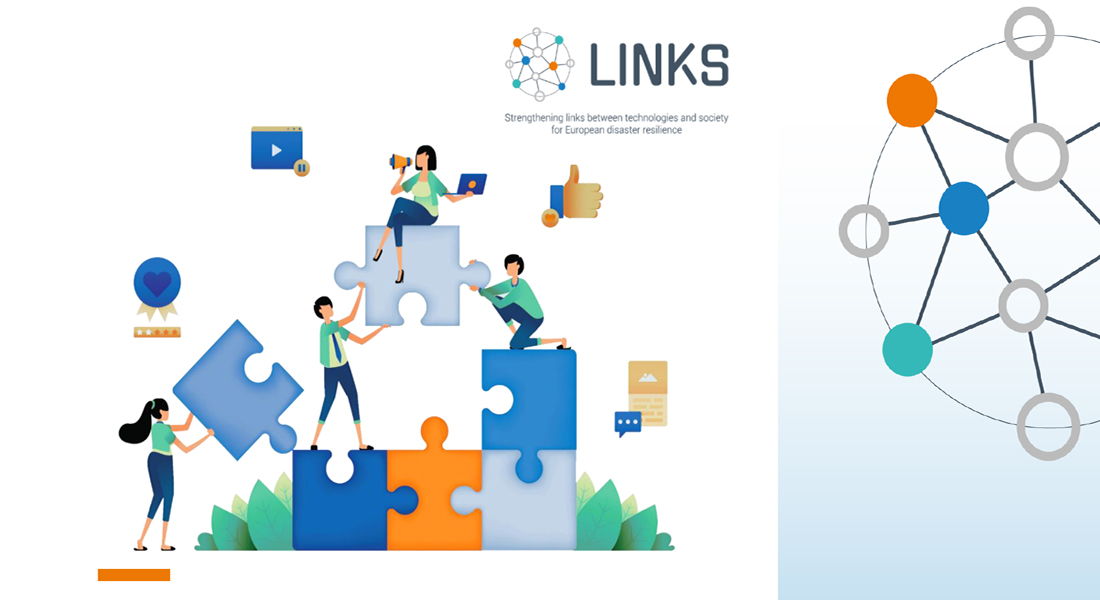Targeting communication in disasters
Targeting communication for different groups of citizens based on their individual needs and capacities allow for efficient disaster risk management.

In a new Policy Brief for the LINKS-EU project, researchers argue why targeting citizen's needs matters in disaster communication does not only establish trust between citizens and organisations working with disaster risk management organisations but also improves citizen engagement during disasters.
| "Populations in disasters are often assumed to be homogenous. However, targeting communication for different groups of citizens based on their individual needs and capacities allow for efficient disaster risk management. Targeted communication is also important in the context of increased use of digital technologies such as social media and crowdsourcing to manage disasters. In order to be effective, communication should be inclusive and consider specifically vulnerable populations." |
In this regard, the benefits of targeting disaster communication are explored. The opportunities to maintain credibility, increase citizen engagement and to make efficient use of available resources are all at the disposal of decision makers. Additionally, the researchers underline potential avenues through which targeting communication can be put into practice and made into policy. The importance of the recognition of the diversity of needs for information and media use, as well as the differences in needs between different groups of citizens are underlined. Such an endeavour could also be part of different phases of disaster risk management (both during preparedness and response).

Key takeaways of the Policy Brief
- Targeted communication is an effective strategy to meet diverse information needs for efficient and inclusive disaster risk management.
- Targeting communication helps in building citizen trust and encourages citizen engagement in disaster risk management.
- Use of digital media must be inclusive and ensure that the most vulnerable citizens have access and know how to use different forms of media.
- Understanding population diversity, vulnerability, the local context and incorporating this into existing disaster risk management actions is key.
| Read the full Policy Brief here: Andersen, N, Nielsen, A. B., Raju, E., Patil, T (2023). Policy Brief:Targeting Communication in Disasters, LINKS project. https://www.preventionweb.net/publication/targeting-communication-disasters |
| LINKS website: http://www.links-project.eu/ |
